It seems, at times, that SEN teaching might well be the most rewarding area of education. Some of these pupils have immense obstacles to overcome as part of their learning, and specialist teachers are always finding new and inventive ways to assist them. Carolyn Hughes, ICT leader at Meadowside Special School in Birkenhead, Merseyside, discusses the technological options available for making as many areas as SEN-accessible as possible.
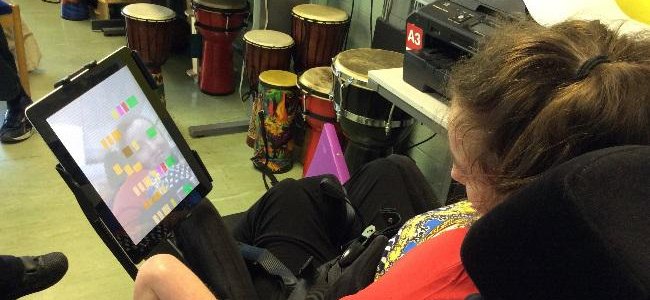
Technology has a great role to play in improving access for learners with physical barriers to learning. For many with additional SEN, the assistive technology can be challenging itself; trying to make it personalised to the individual learner, to make is usable and purposeful. It should be asked, “What do we want the learners to do that they cannot do without assistive technology?”
Arguably more than any specialist area of education, SEN pupils require certain qualities for a good education. Here, Nicky Broomhall, Principal at Star Academy Sandyford, discusses how her school has embraced SEN teaching.
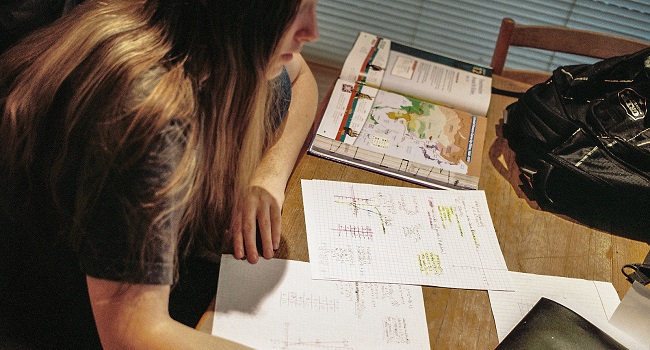
As special needs programmes have become an increasingly important consideration for mainstream educational institutions, SEN provision is now a hot topic of discussion for primary schools striving to offer that extra level of support to their pupils.
What different methods can SEN educators use to reach specific pupils? Dell’s Matt Smith suggests that teachers consider using their PECS...
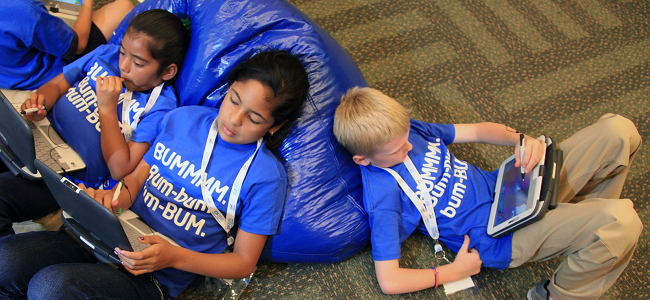
The Picture Exchange Communication System (PECS) approach is a program designed for training in early nonverbal symbolic communication. While this program is not intended to teach speech, some children do gain these skills and begin using them during the training. PECS takes place during regular activities within the classroom as well as the home. Training techniques can include a number of strategies such as prompting/cueing, modeling, chaining and environmental engineering.
A student with learning difficulties has to get through a lot of hard work each time, so it’s important that their teacher is properly equipped to guide and encourage their progress. Therapy Box director Rebecca Bright, herself a speech & language therapist, gives her advice on the best SEN tech available.
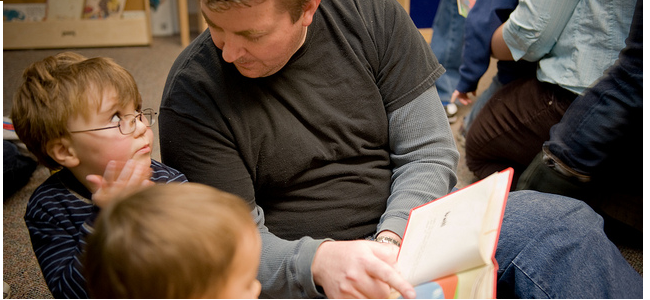
We’re often asked, when we run workshops and training sessions for speech therapists, how they can utilise iPads and Android tablets in the classroom alongside students with learning disabilities. Of course, the answer is as broad as the range of students – with a plethora of tools and apps which can be considered by speech therapists and teachers.
One of the main advantages offered by constantly-evolving edtech is the bevy options given to SEN students. Different special education needs pupils are challenged by different disabilities, and it’s great to have user-friendly, affordable apps for these learners. Experienced SEN and biology teacher David Imrie gives five free apps that he loves using.
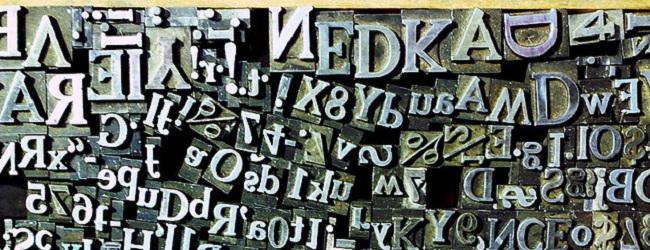
Meeting the needs of disabled students need not be expensive. Many of my students encounter difficulty with printed material due to a dyslexia, physical disability and/or visual impairment which require additional support software. Although I use a range of approaches, I make sure students have access to software which they can take and run on a pen drive wherever they go. Over the years I have found a few simple solutions to the most common problems they encounter. I’d like to mention a few of the best free applications.
Recounting her experience of teaching special educational needs SEN pupils overseas, Carol Allen explains how technology can provide life-changing benefits for pupils with disabilities, and why we should never neglect the resources available to us in Britain.

As featured in the March edition of our magazine.
Over the past few years, I have worked at many educational establishments in the United Kingdom and abroad. My area is communication and access to learning for all - from those with profound and multiple learning difficulties to those who are academic and able but have a specific or transitory learning barrier. Unsurprisingly, my work in other countries has brought me into contact with some strikingly different approaches and attitudes to special educational needs (SEN).
In Albania I came across a slow start to the provision of education for some children with disabilities. Historically, in this country, such children were put through the same system whatever their disability. This had been the case for a blind man whom I met. Intelligent, articulate and a wonderful singer, he carried his few possessions - a cassette tape player with two cassettes and his cigarettes - with him at all times, having no safe place to store them.

Dyslexia is defined as a disability in the Equality Act 2010. Essentially, it affects reading, spelling, writing and numeracy, and students often process information slowly and have poor short term memory.
As a teacher you work closely and directly with students, delivering lessons and making observations. If you have identified that a student in your class is dyslexic, you can easily adjust your teaching methods by using classroom aids to support them.
Spotting the signs early is crucial, because if you can limit the impact of dyslexia on the learning process, you can ultimately limit the impact it has on that student’s self-confidence.
This recognition will place a focus on how lessons are planned and taught, and will turn classes into a more inclusive environment.
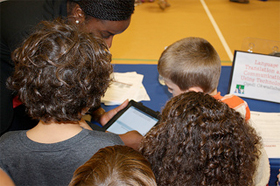
The use of apps in the classroom is now commonplace. The challenge speech and language therapists face is knowing the best way to use apps in this environment. With the sheer magnitude of apps available, it can be difficult to sort through and find an app which targets specific communication goals. Many of the available educational apps can easily be incorporated into the therapy setting to collect data, record conversational samples, motivate students or be used as an augmentative assistive communication device.
Considerations as to whether the student can work using apps on their own, or need an assistant to monitor or provide prompts when using an app, need to be made. Some students will be able to work through an app if the app has a clear journey and the interface is intuitive. However, in most situations, the app would be better used with involvement from the speech therapist, who can not only monitor use, but also encourage and observe how the app is being used. Often, a student’s use of an app may provide interesting information about how they problem solve, their attention, and their memory of how to use the app.

My first take on 'special needs' is: Don't all students have special needs? Aren't we beyond the cookie cutter education that lines students up and feeds them from the same trough?
Yes and yes, but for the purposes of this article, I'm going to reign my pen in and discuss what we traditionally consider 'special needs' and technology's effect on those students who function outside of the normal bell curve of pedagogic expectations.

A community-driven platform for showcasing the latest innovations and voices in schools
Pioneer House
North Road
Ellesmere Port
CH65 1AD
United Kingdom